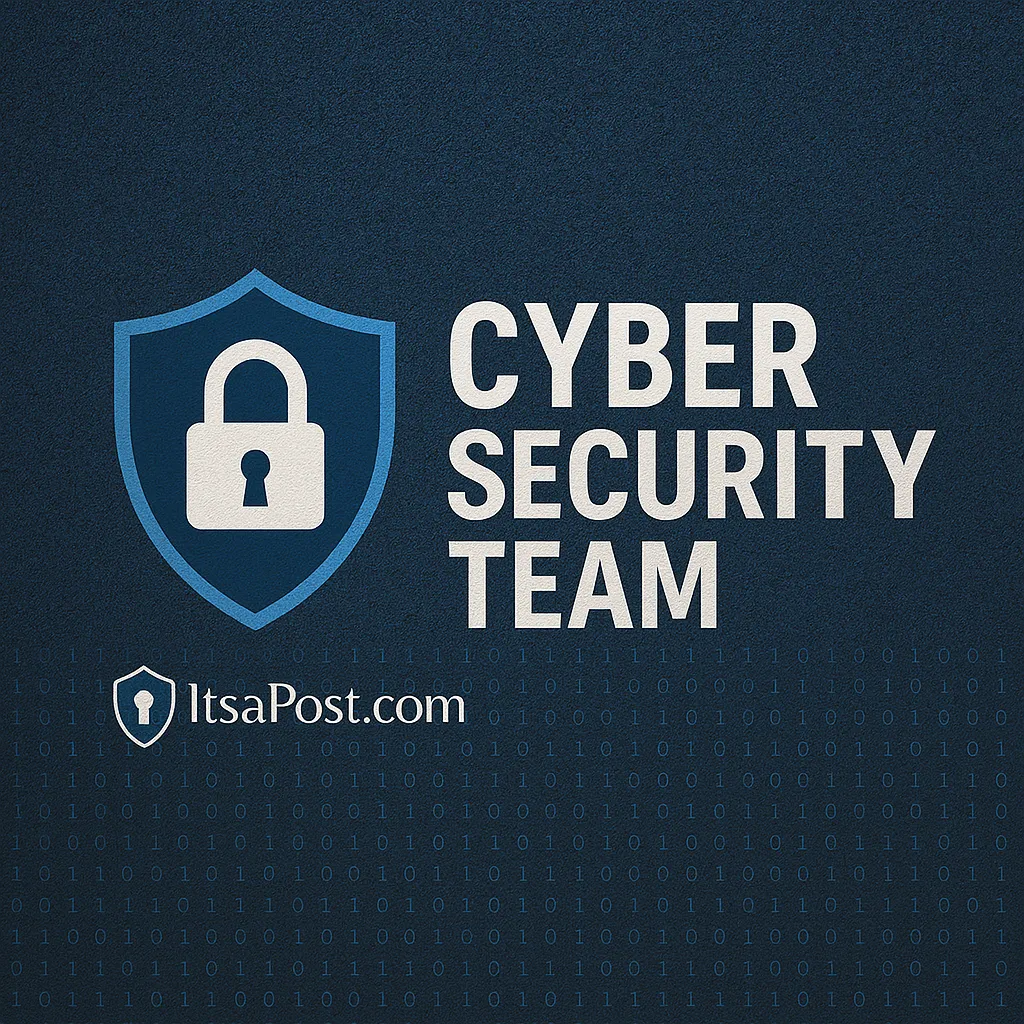Understanding Cybersecurity Maturity Assessments
In today's digital age, where cyber threats grow more sophisticated by the day, it is crucial for organizations to continually evaluate and enhance their cybersecurity practices. A key tool for achieving this is the Cybersecurity Maturity Assessment. This process helps organizations identify their strengths and weaknesses in cybersecurity practices, guiding them toward strategic improvements. Here's a detailed dive into what cybersecurity maturity assessments entail and how they benefit organizations.
What is a Cybersecurity Maturity Assessment?
A Cybersecurity Maturity Assessment is a comprehensive evaluation tool designed to assess the effectiveness of an organization's cybersecurity measures. As described by Cyesec, this assessment measures an organization's readiness and capability to defend against cyberattacks, highlighting its maturity in this crucial area.
Key Components of a Cybersecurity Maturity Assessment
The assessment typically focuses on various facets of cybersecurity, encompassing policy management, risk management, incident management, and technological implementations. Specific areas of evaluation might include:
- Adherence to regulatory compliance.
- Employee cybersecurity awareness and training.
- Efficiency and effectiveness of security controls.
- Breach response and recovery capabilities.
Organizations like CrowdStrike offer tailored assessments that pinpoint critical areas for improvement, helping organizations to fortify their cybersecurity defenses systematically.
Why are Cybersecurity Maturity Assessments Essential?
Carrying out these assessments is not just about identifying vulnerabilities; it's about strategic growth and resilience. For instance, the ENISA points out that particularly for small and medium enterprises, such assessments are a step toward safeguarding against increasing digital threats by establishing robust cybersecurity protocols.
Furthermore, these assessments provide a framework for continuous improvement, which is crucial in an environment where cyber threats are continuously evolving.
Best Practices for Conducting a Cybersecurity Maturity Assessment
Performing a successful assessment involves several best practices:
- Involve stakeholders from different departments to get a comprehensive view of the cybersecurity landscape.
- Regularly update the assessment parameters to reflect new cyber threats and technological advancements.
- Use the assessment results to develop a strategic plan targeting critical weaknesses.
Real-world Application
For example, a fintech company may use these assessments to evaluate their encryption measures and identity management systems, ensuring they remain strong against potential financial cyberattacks.
Conclusion
In conclusion, a Cybersecurity Maturity Assessment is an essential process that not only aids in identifying current cybersecurity stature but also facilitates strategic planning for future improvements. Whether your organization is large or a small entity, embracing this practice helps in building a more secure digital environment.
Interested in getting started? Consider consulting with professionals such as those from CrowdStrike or exploring governmental resources like those offered by ENISA to guide your journey toward cybersecurity maturity.

